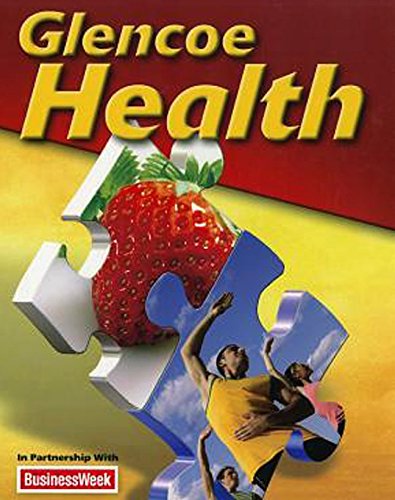
All Solutions
Section 23.1: Understanding Communicable Diseases
text{Communicable }- text{ Capable of being transmitted from a person or animal to another person }\ text{or animal, either through direct or indirect transmission, including insects or other vectors. }
$$
2. Vectors – the organism that carries and transmits disease causing pathogens
3. Contaminated food and water
2. Virus is smaller than bacteria.
3. Virus need a host to live and reproduce whereas bacteria doesn’t need a host to survive.
1. Avoid walking barefoot in gym lockers
2. Change your socks after every workout
3. Avoid borrowing towels or sharing items
4. Keep your feet dry. Wear shoes or sandals when going out in public places.
1. Cover mouth when sneezing and coughing.
2. Wash hands more often.
3. Wear a mask and limit interaction with people.
4. Consider disinfecting things like doorknobs.
Greetings!
As we head start this school year so is the flu season.
This email serves as an announcement that it is important to help prevent the widespread of communicable diseases such as the common cold or flu. We need your help in this prevention process to protect your child.
Here are some steps and few things you can teach your child:
-Hand washing is the most important step. Use alcohol or hand sanitizer if water is out of reach.
-We recommend parents and their children to get a seasonal flu vaccine.
-Routinely disinfect surfaces and objects that are touched often.
-Remind your children to cover their mouth whenever sneezing or coughing.
-If there are reports of flu-like symptoms we encourage that the child to stay at home and take medicines as prescribed by a health care professional.
As a school staff, parents and students. Let us all partake in keeping our school and community healthy.
Sincerely,
School staff.
Haven't found what you were looking for?
Search for samples, answers to your questions and flashcards

